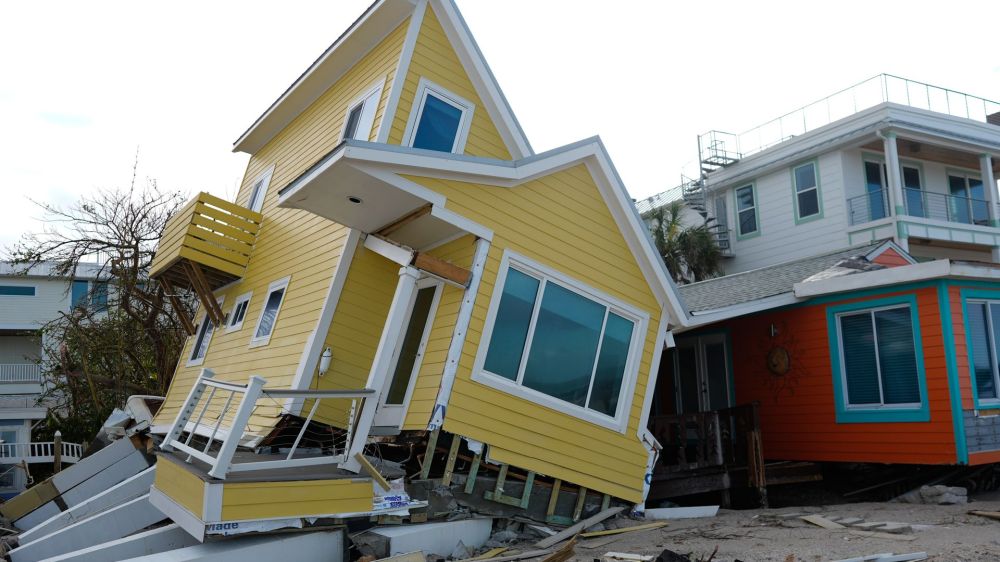- Experts warn that the 2025 Atlantic hurricane season will be slightly more active than usual. The report predicts four storms to reach Category 3 or higher.
- The forecast is influenced by warm sea surface temperatures and a moderate chance of La Niña conditions during the peak season from August through October.
- Despite being slightly lower than the 2024 forecast, the prediction is significant for coastal populations, highlighting the variability and fluctuation of hurricane activity from year to year.
Full Story
Experts are warning that the 2025 hurricane season is expected to be slightly more active than usual. On Thursday, April 3, Colorado State University’s tropical meteorology project team predicted 17 storms, with nine projected to become hurricanes and four reaching Category 3 or higher.
Category 3 hurricanes have sustained winds of 111 mph to 129 mph, causing devastating damage. Category 4 hurricanes sustain winds from 130 mph to 156 mph, while the most catastrophic Category 5 storms reach 157 mph or more.
Why the active season?
The National Oceanic and Atmospheric Administration (NOAA) forecasts a moderate chance of La Niña conditions during the peak hurricane season from August through October, contributing to the increased activity.
Levi Silvers, one of the study’s authors, told CBS News the prediction is still slightly lower than the 2024 forecast. “It’s a noticeable and important difference, because it matters for people along the coastlines whenever we have an above-average season,” Silvers said.
Silvers emphasized the variability of hurricanes in the Atlantic and Gulf regions, noting they fluctuate significantly. “As long as we’ve been paying attention to hurricanes, we’ve noticed that they fluctuate a lot from year to year,” he added.
Warm sea surface temperatures are a primary factor in the forecast. “It was super warm, warmer than we’ve really seen before,” Silvers said. “This year, they’re still warmer than normal, but the temperatures have come down since last time. So that’s one of the main reasons we’re forecasting less activity than last year, but it’s still above average.”
The Atlantic hurricane season runs annually from June 1 to Nov. 30. According to NOAA, this period is when hurricane activity peaks in the Atlantic Ocean.































































